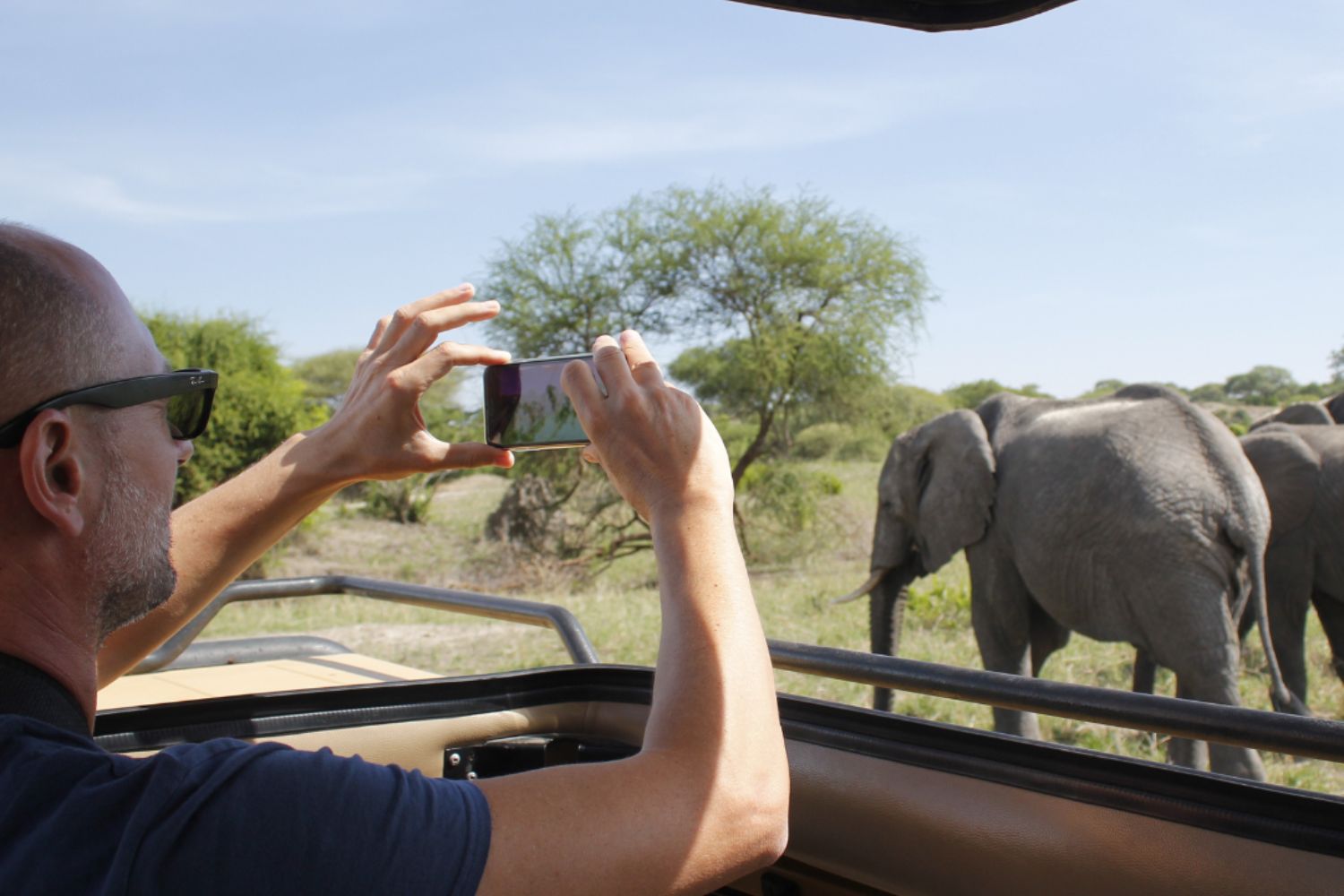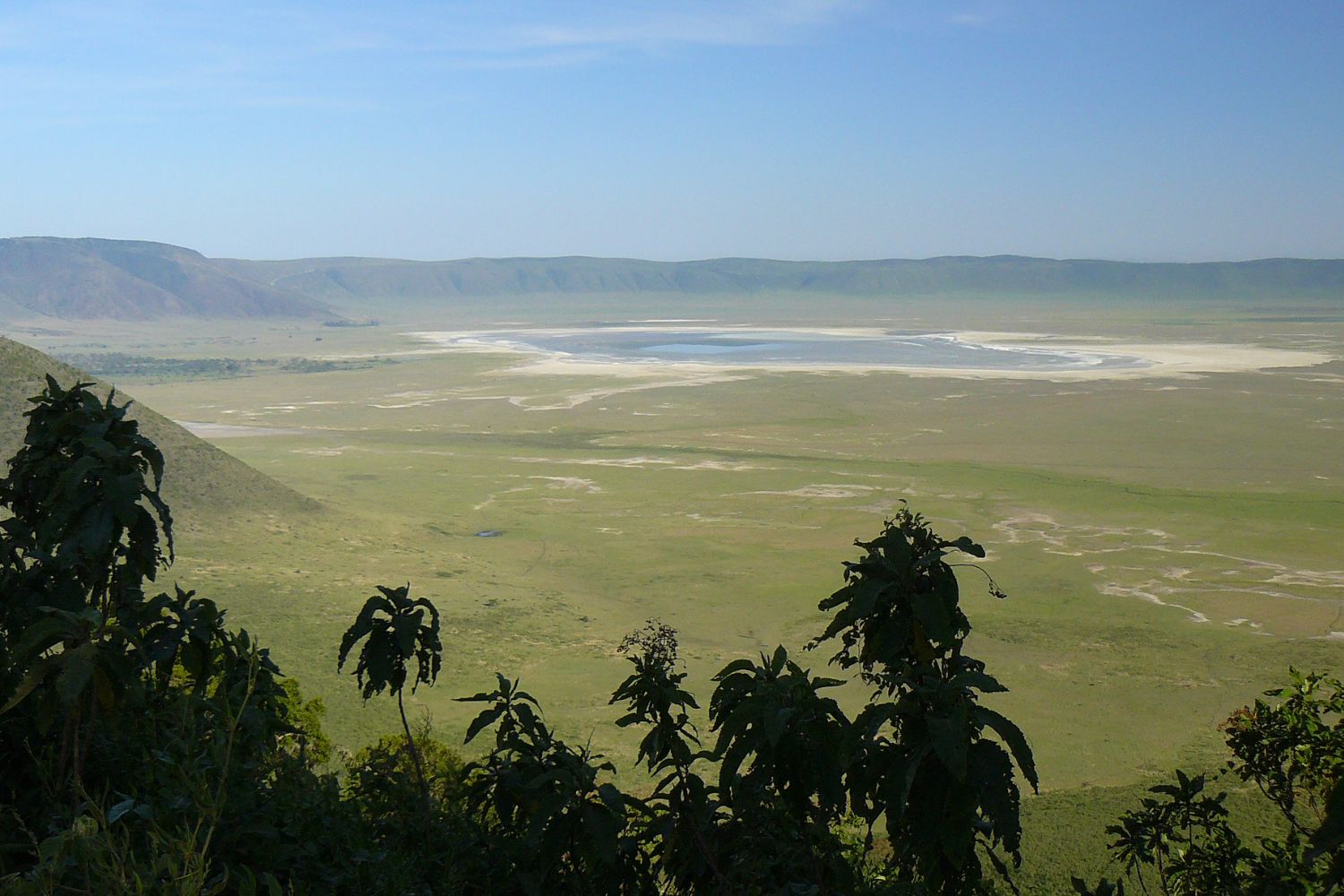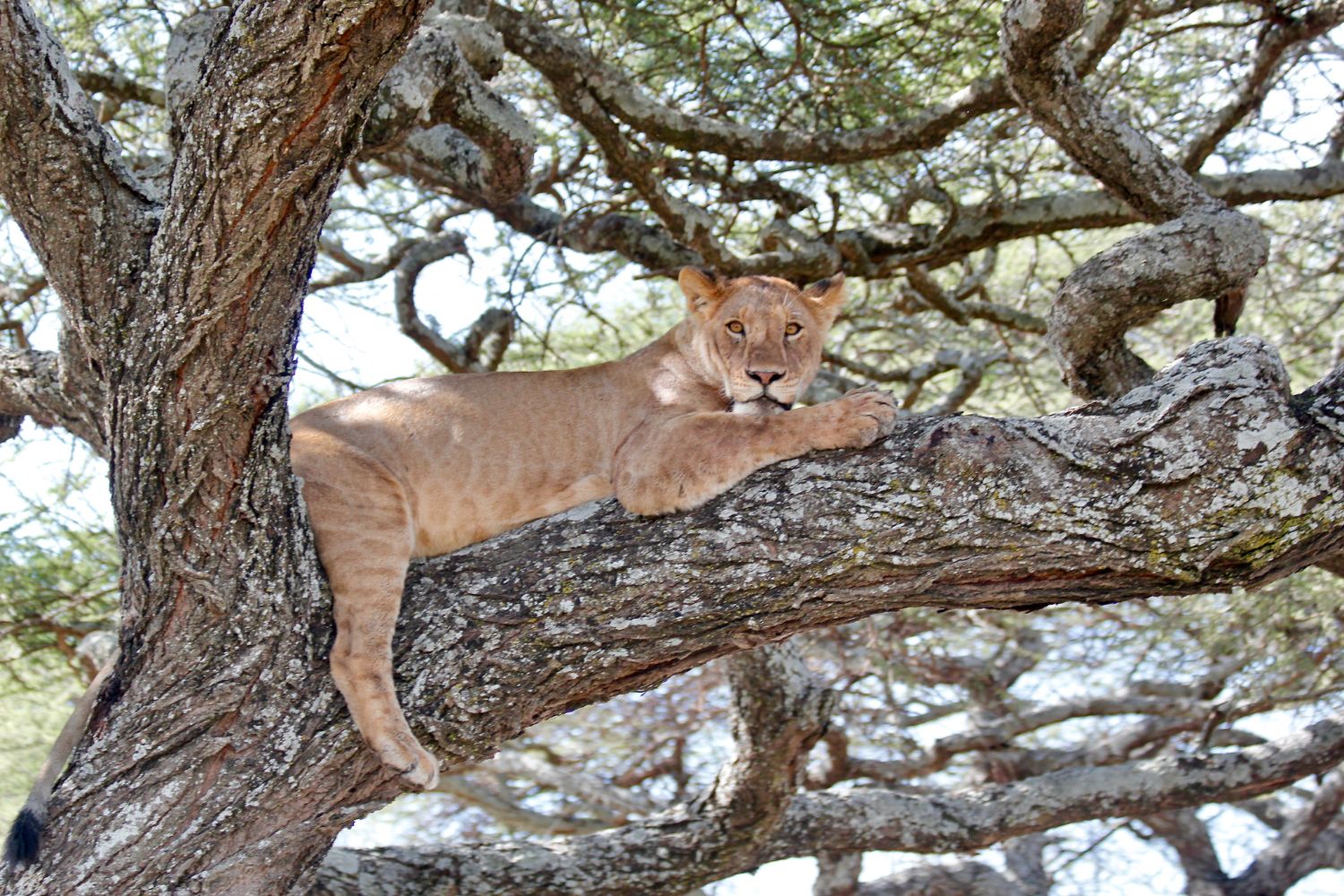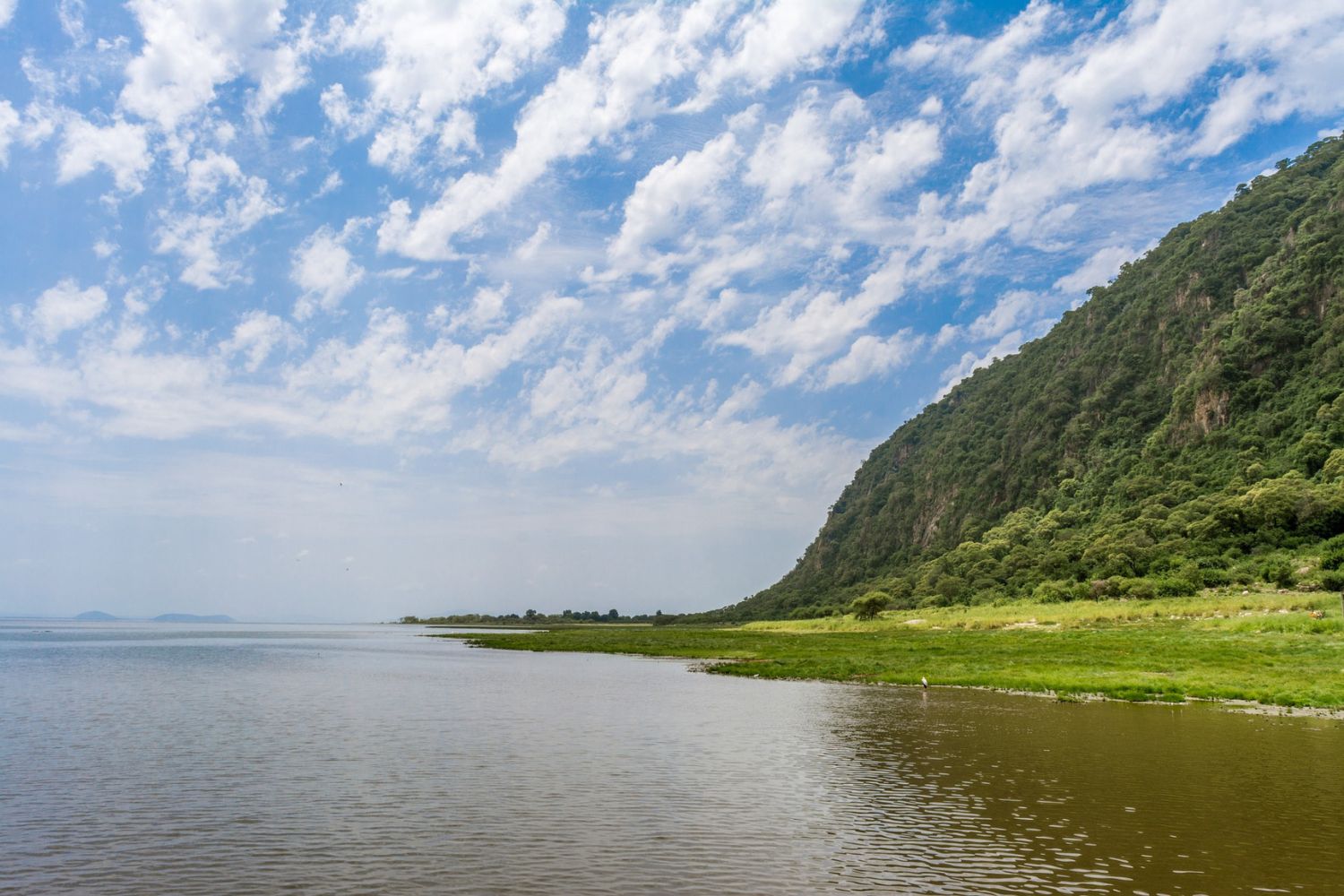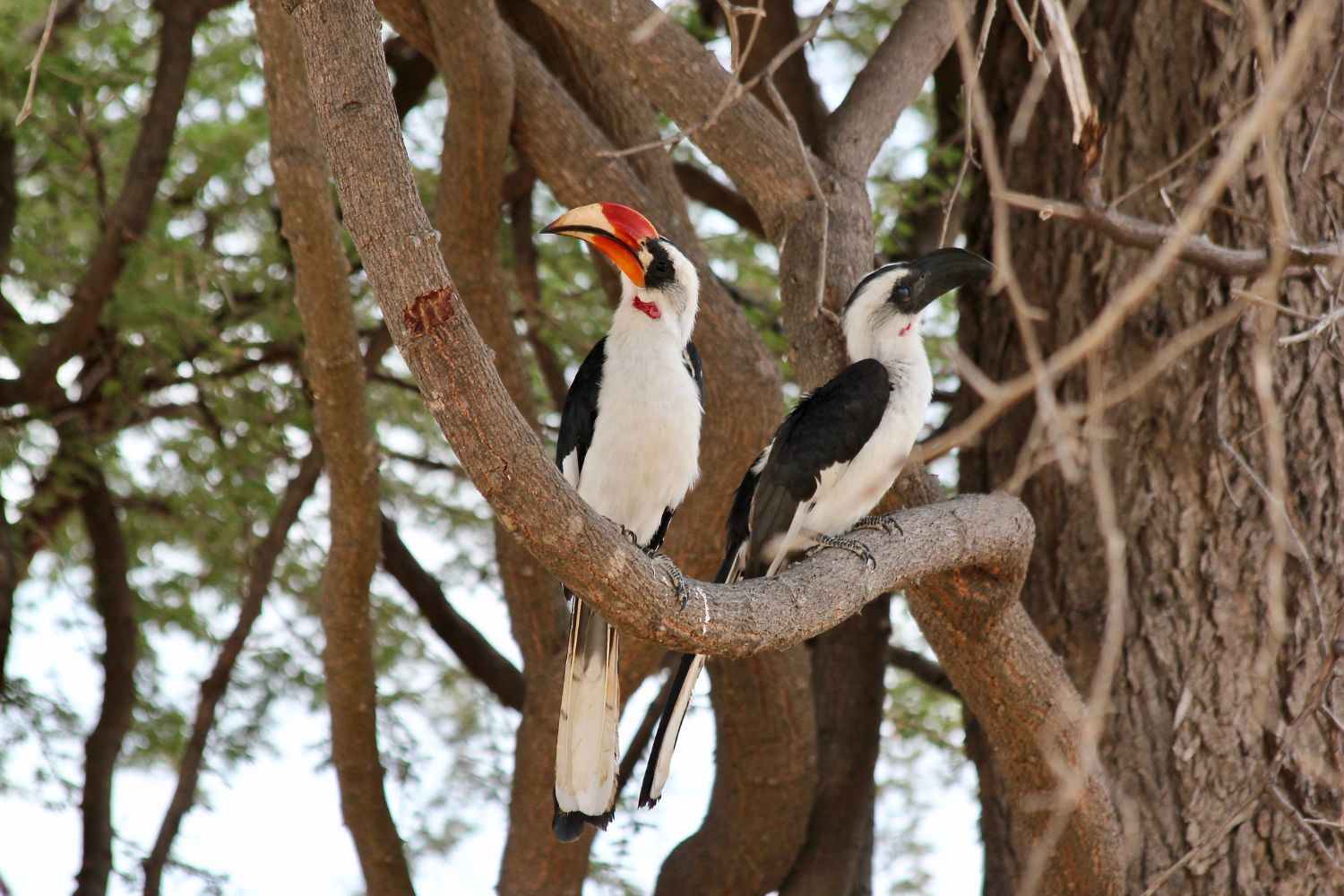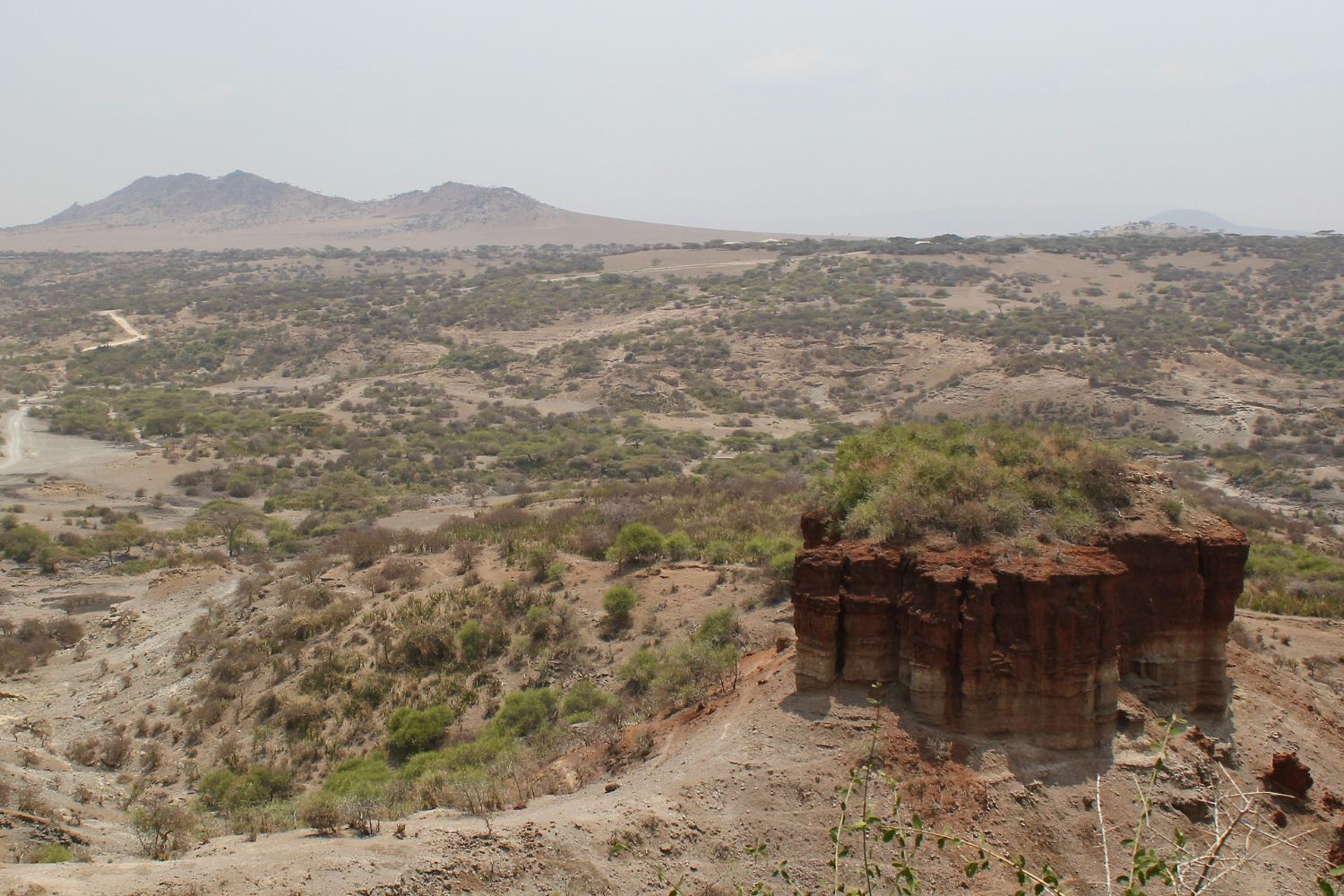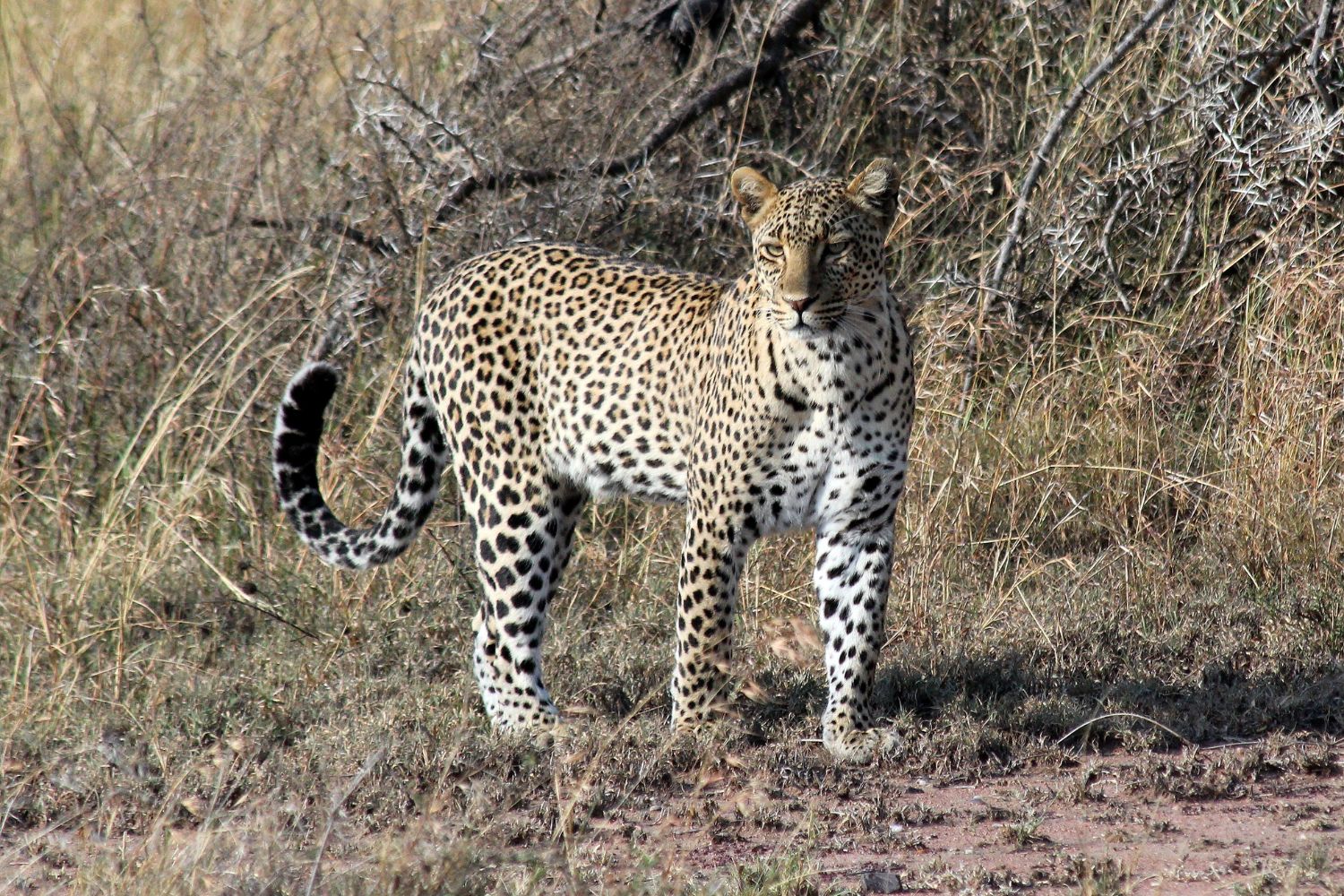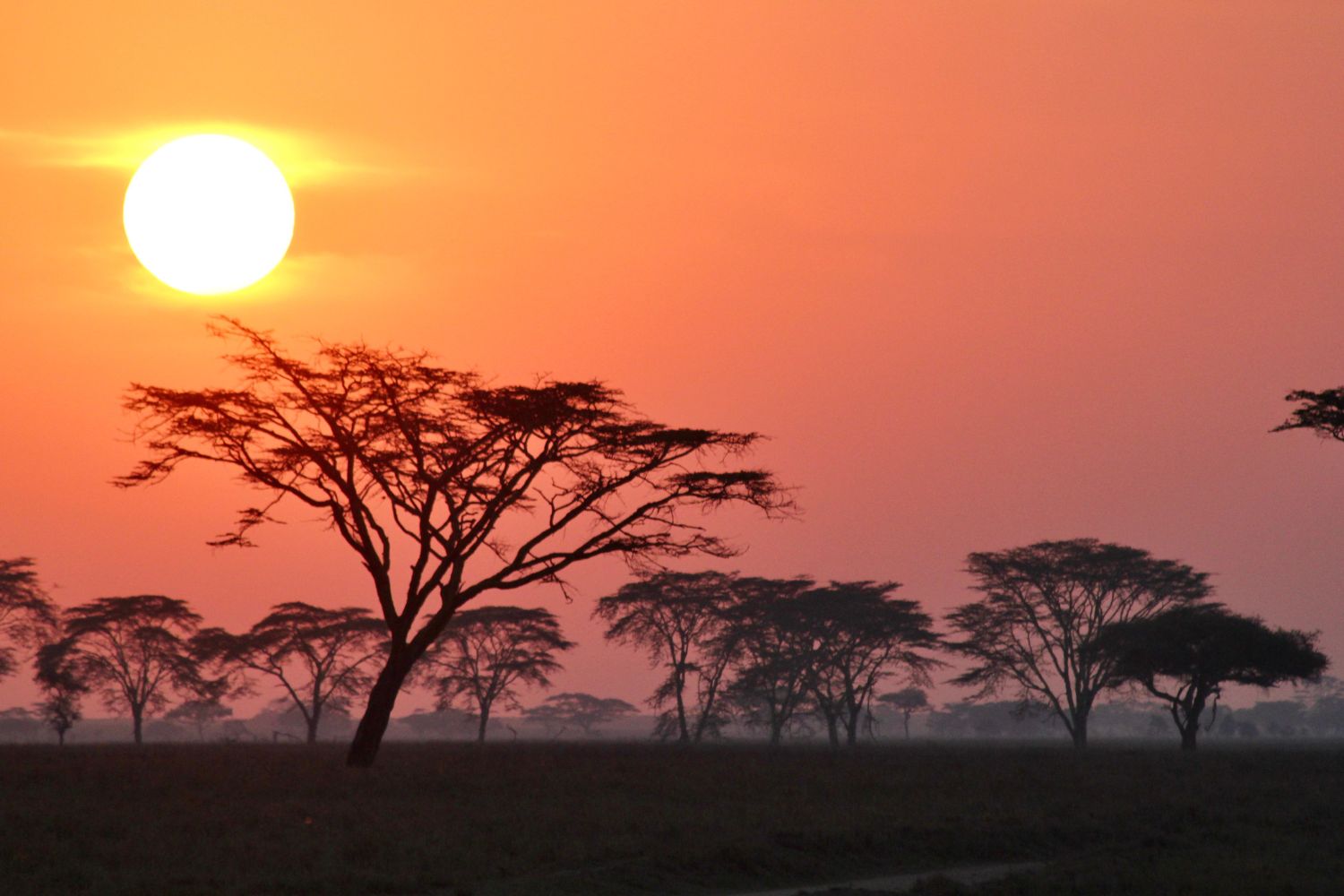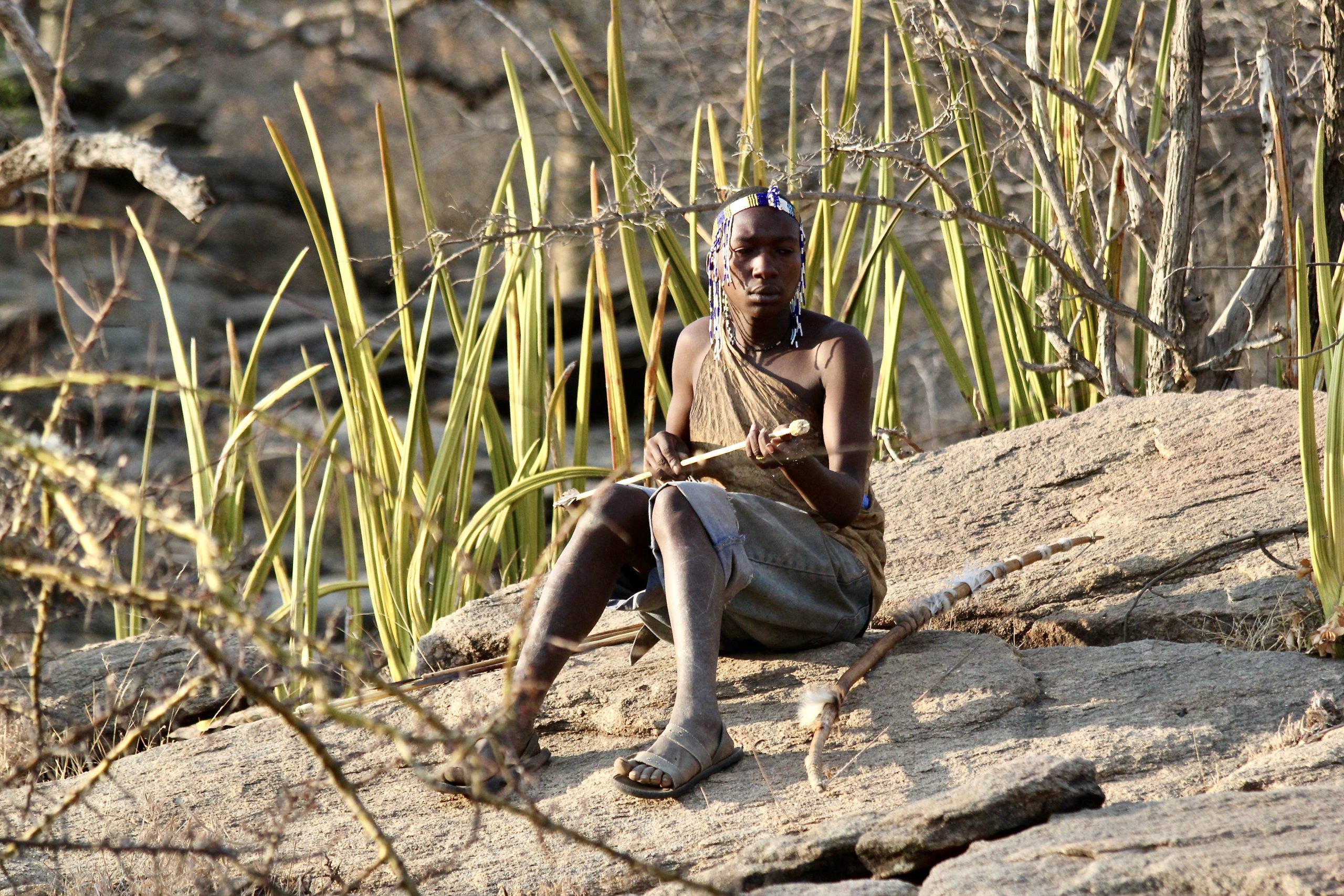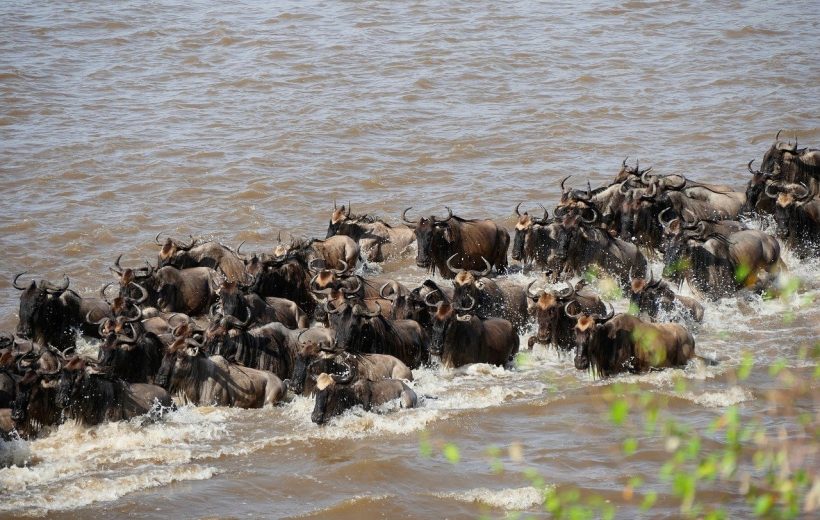7 Days – Splendours of Tanzania’s Northern Circuit
7 Days – Splendours of Tanzania’s Northern Circuit
Overview
Natural and cultural highlights without limits - the ideal safari experience for Tanzania first-timers! Discover an abundance of African wildlife and diverse ecosystems.
Tour Plan
Day 1: Tarangire National Park

Overnight at Tarangire Sopa Lodge in Tarangire National Park, on full board basis.
Day 2: Tarangire National Park
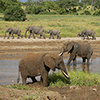
After the game drive, you continue your way to Karatu.
Overnight at Bougainvillea Safari Lodge in Karatu, on full board basis.
Day 3: Lake Manyara National Park
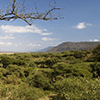
After the game drive, you will return to Bougainvillea Safari Lodge where you can relax and stay overnight, on a full board basis.
Day 4: Ngorongoro Crater
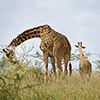
Overnight at Ngorongoro Rhino Lodge on the rim of the crater, on full board basis.
Day 5: Serengeti National Park
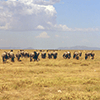
Overnight at Serengeti Sopa Lodge in the heart of the Serengeti, on a full board basis.
Day 6: Serengeti and Olduvai Gorge
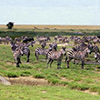
Overnight at Bougainvillea Safari Lodge in Karatu, on full board basis.
Day 7: Karatu and return to Arusha
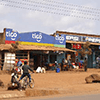
Best Time to Travel
With Ngorongoro's wildlife remaining in the steep-walled crater all year round, the question of when to go on safari in this area is less about optimising your game viewing experience and more about how many other people and vehicles you want to share the crater with.
High visitor numbers can be expected during the dry July to September peak season and again during the December to February calving season that follows the November rains.
With this in mind, the main April to May rainy season is often considered the best time to visit the Ngorongoro Crater as there are far fewer visitors and the crater is wonderfully lush and green compared to the dusty dry-season landscape.
The short October/November and March/April rainy seasons notwithstanding, the Serengeti's temperate and mostly dry climate plus abundant resident wildlife makes for a great game viewing experience all year round - the question of exactly when to go to the Serengeti really revolves around whether you want to see the wildebeest migration.
If so, then the best time to visit the Serengeti is between October and July before the wildebeest return to Kenya's Masai Mara around August. Note however that the migration is a fluid affair: not only is its precise timing subject to each year's rainfall pattern but the herds move around the Serengeti depending on the time of year.

